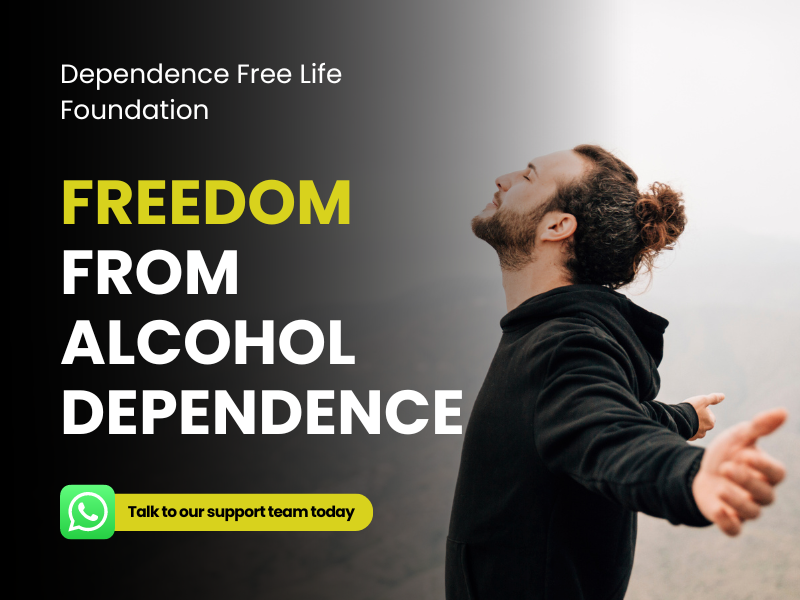



The world population has reached 7 billion people. Of these, the United Nations Office on Drugs and Crime estimates (UNODC) that about 230 million or 5 % of the world’s adult population use an illegal drug at least once in 2010. If the annual prevalence of illegal drug use stays stable at 5% of the adult population over the next few decades, demographic trends indicate that the total number of illicit drug users will increase by a quarter by 2050, which is in proportion to world population growth. Although the current rate of 5% might appear like a small proportion of the world’s adult population, if this rate continues, there may be some extra 65 million illegal drug users by 2050 compared to 2009-2010. Global treatment for drug abuse would cost $250 billion per year if everyone who needed help received proper care, according to the UN.
Heroin, cocaine and other drugs kill around 0.2 million people each year, shattering families and bringing misery to thousands of other people. Drug related deaths are highest in North America and the Oceania (1 in 20). In 2010, the National Institute on Drug Abuse (NIDA) estimated that 22.6 million Americans aged 12 or older (8.9 % o the population) had used an illicit drug or abused a psychotherapeutic medication (such as a pain reliever, stimulant, or tranquilizer) in the past month. In Asia, they account for approximately 1 in 100 deaths, in Europe 1 in 110, in Africa 1 in 150 and in South America approximately 1 in every 200 deaths.
Today, illicit drug use is largely a youth phenomenon in most countries. Prevalence rates gradually increase through the teens and peak among persons aged 18-25. Then the rates gradually decline to negligible levels for people aged 65 and above.
India is strategically located between Southwest Asia (the Golden Crescent) and Southeast Asia (the Golden Triangle), the two main sources of illicit opium. The country's geographic location makes it an attractive trans-shipment area for heroin bound for Europe, Africa, Southeast Asia and North America. In addition, India is authorized by the international community to produce licit opium for pharmaceutical uses.
India has not conducted a national household survey on substance abuse since 2000-2001; more recent information on the national prevalence of drug abuse is not available. Pilot work on a national survey of drug abuse began in early 2010. Information from the National Drug Dependence Treatment Centre (NDDTC) at the All India Institute of Medical Sciences (AIIMS) indicates drug abuse in India is on the rise. India has an estimated 70 million drug addicts and the number is going up significantly, spreading to semi-urban and backward areas, according to official figures. As per the National Survey on Extent, Pattern and Trends of Drug abuse in India conducted by the Centre in collaboration with United Nations Office on Drugs and Crime, the current prevalence rates within the age group of 12-18 years was Alcohol (21.4 %; 6.25 cr individuals), Cannabis (3 %; 90 lakh individuals), Opiates (0.7 %; 2.5 lakh individuals) and any illicit drug (3.6 %).
Copyright © 2025 Dependence free life | Designed and Developed by Exavibes